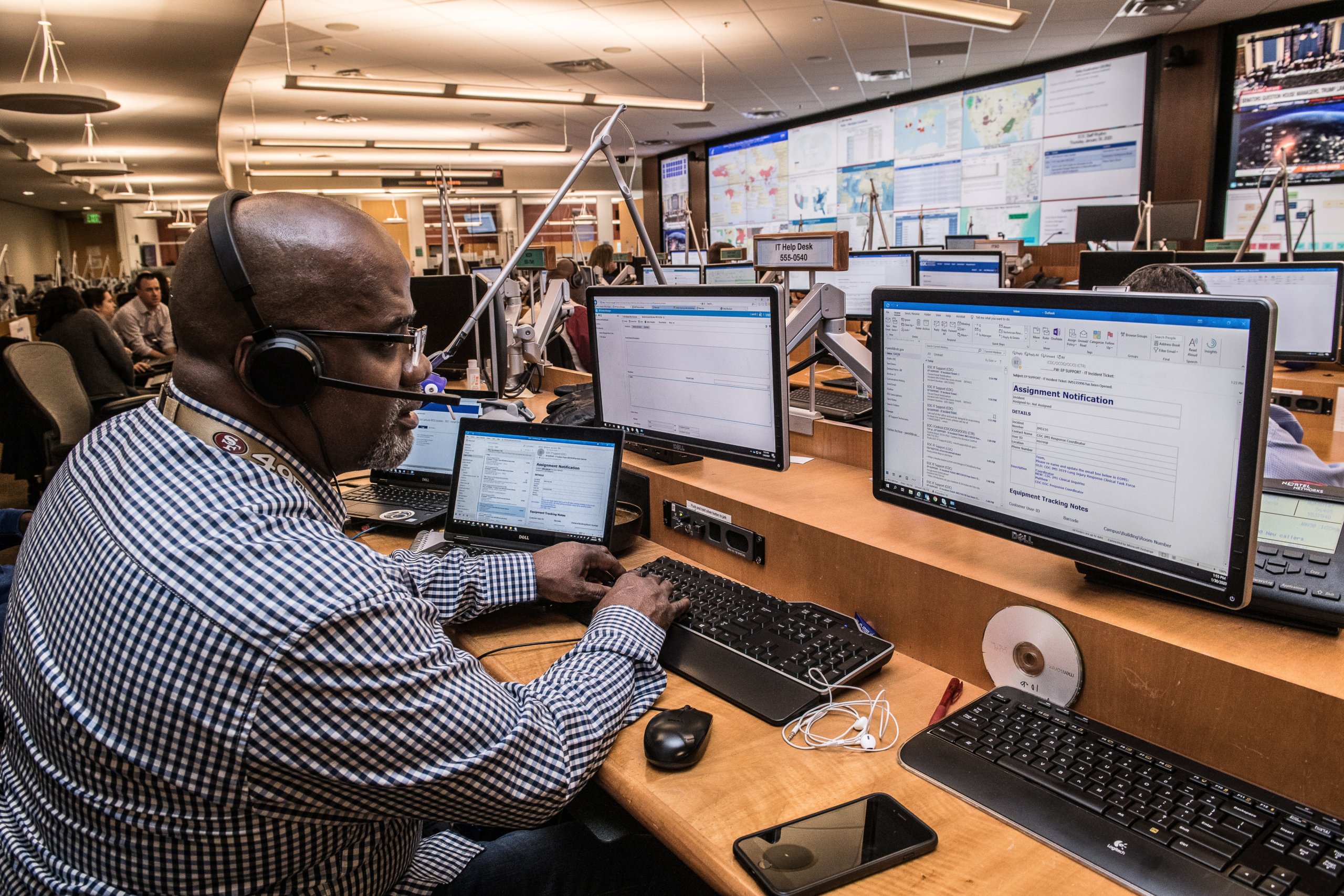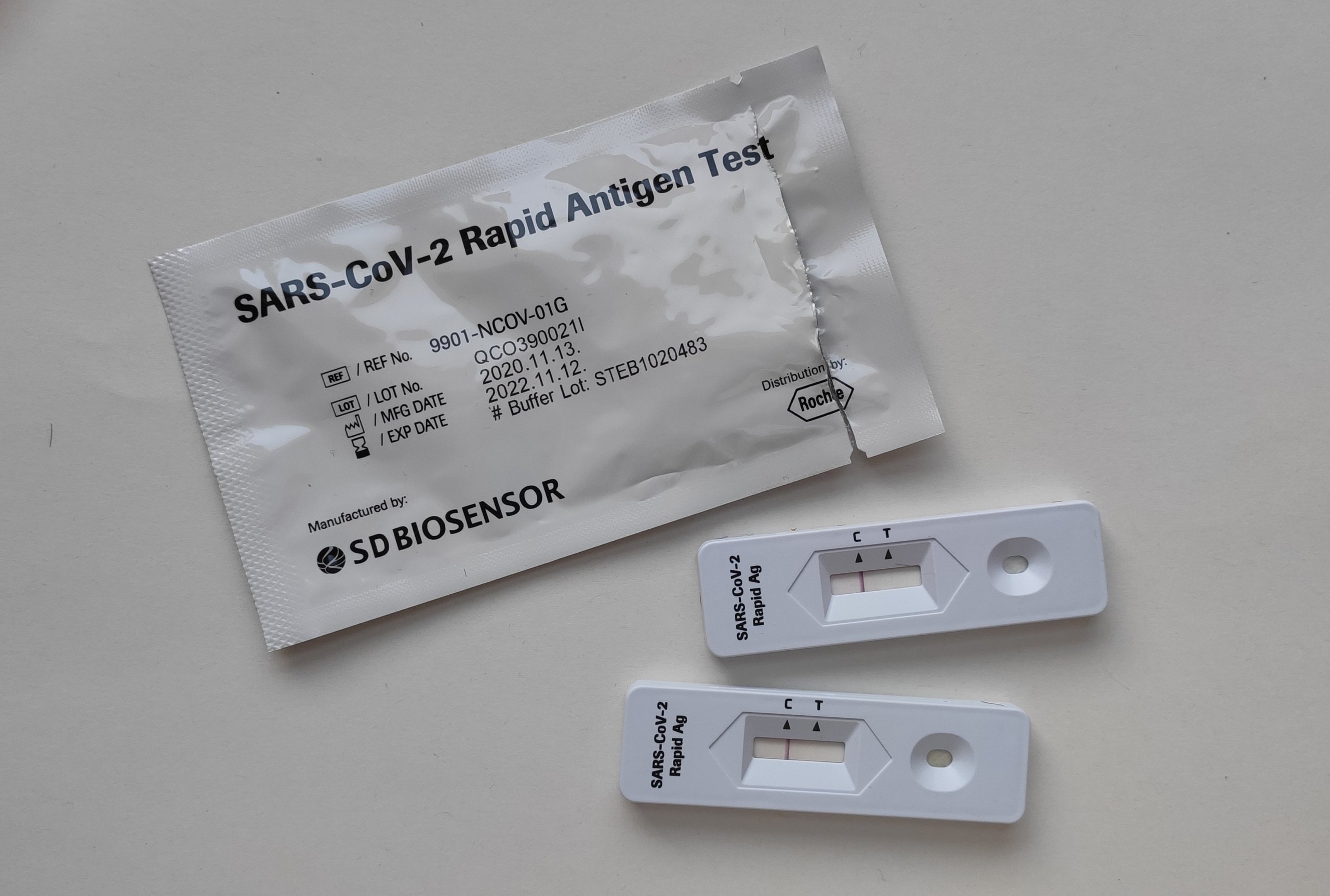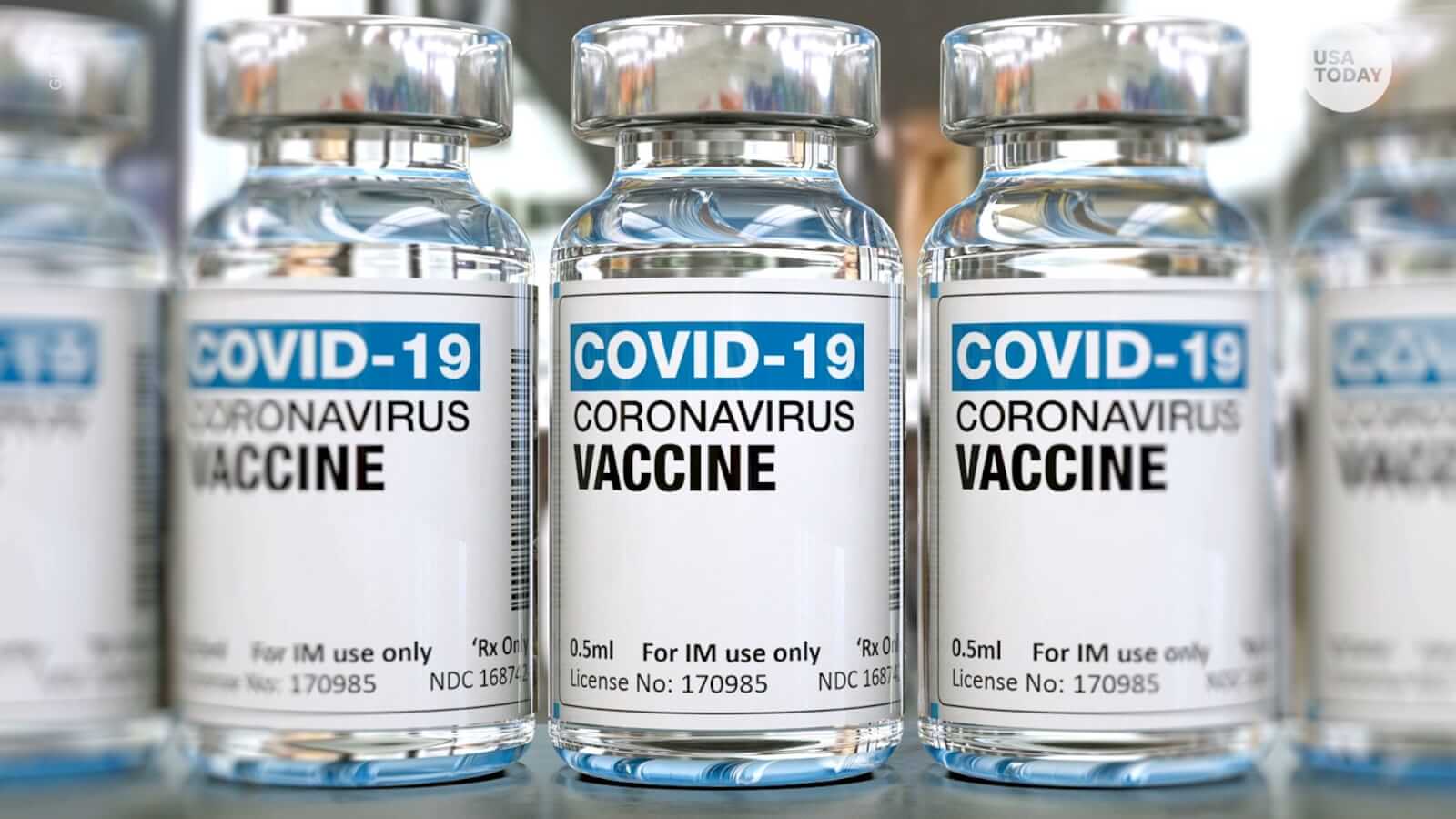 The COVID-19 pandemic has affected almost everyone on Earth, and we’ve been handling it with a multitude of high-tech and low-tech solutions. From masks and social distancing to contact tracing apps and telehealth, these precautions and technologies have helped many of us avoid catching the virus while allowing us to do necessary tasks. Recently, biotechnology firms have used old and new technologies to develop vaccines, test the efficacy and dosage, and conduct ongoing research.
The COVID-19 pandemic has affected almost everyone on Earth, and we’ve been handling it with a multitude of high-tech and low-tech solutions. From masks and social distancing to contact tracing apps and telehealth, these precautions and technologies have helped many of us avoid catching the virus while allowing us to do necessary tasks. Recently, biotechnology firms have used old and new technologies to develop vaccines, test the efficacy and dosage, and conduct ongoing research.
Beyond that, robots are helping cut down research and development time in medical development as well as conducting deliveries and other tasks that reduce human contact. Hospitals are utilizing recruitment platforms to more quickly fill open positions with qualified, trained healthcare professionals. And this is just the tip of the iceberg. In our first post this special series, we’ll cover five technologies that have helped humanity combat COVID-19.
Contact Tracing
Contact tracing requires an entire community to participate in open communication to develop a proper risk assessment of COVID-19 infection. Adam Sabloff is the CEO of VirtualHealth, a New York City-based healthcare technology firm. VirtualHealth developed a screening survey to help officials and hospitals identify any patients who are at risk of infection or may have contracted the virus.
Sabloff says that the pandemic has caused a major change in how our healthcare system adopts an increasingly proactive care model, “an approach that is all about anticipating patients’ needs before an emergency (and costly) healthcare event.”
Payer/Provider Communication
Providers and payers have traditionally used electronic transactions to process claims and other information, but many processes still require the use of fax machines, paper, and phone calls. When COVID-19 forced many employees to work from home, the landscape for payer/provider communication pivoted to existing technologies that allowed for secure digital attachments and automation. Long seen as an unadapting industry, healthcare has been forced to accelerate its acceptance of new technologies and tools in an increasingly remote world.
Rapid Testing for Infection
Right now, many places (including schools) are rapidly testing for infection by using digital thermometers. But this is no replacement for actual virus tests. By using real tests, hospitals and medical providers can reduce backlogs and see more patients with a higher degree of certainty. Ron Chiarello is the CEO of Alveo Technologies, a medical development firm from California. Alveo Technologies has been working on creating at-home tests for infectious diseases like COVID-19.

According to Chiarello, at-home testing and rapid testing will help medical organizations “see patients basically as normal again for all the delayed, nonemergent care; get newly identified COVID cases into care faster; and save the extra PPE for treating the cases that really need it.” This type of testing can also better inform contact tracing and give governments a more accurate number of cases.
At Yale University, researchers have developed a promising saliva-based test. According to the researchers, this new test will greatly reduce costs and bottlenecks of the current test type (nasopharyngeal swabs). The NIH (National Institutes of Health) announced it was going to invest $250 million in up-and-coming COVID-19 testing technologies.
The government agency used an approach similar to Shark Tank, where companies competed to land an NIH contract. The three companies that came out on top were all California-based: Mesa Biotech, Quidel, and Talis Biomedical. The NIH also granted four companies funding to develop lab-based COVID-19 tests: Ginkgo Bioworks from Boston and Helix OpCo, Fluidigm, and Mammoth Biosciences, all from California.
Remotely Monitoring Patients
Remotely monitoring technologies save the lives of caretakers like nursing home aides and nurses. For patients who are experiencing symptoms that aren’t severe enough to require a hospital visit, remote technology allows the provider and patient to check-in without creating an infection risk. According to Justin Williams, the CEO of Noteworth, a digital healthcare company, remote monitoring technologies are “[asymmetrical], freeing up staff resources desperately needed in dealing with very sick patients.” Additionally, this technology can help governments get a better idea of the real-time disease spread over a specific geographic area.
Developing Vaccines
Developing an effective vaccine is the end goal in the fight against COVID-19. Although we may need annual COVID vaccines moving forward, developing the first one is the most difficult. The HHS (Department of Health and Human Services) drove a lot of momentum and progress by developing a partnership between the private sector and the government. Because we were able to sequence the SARS-CoV-2 genome early on, we were able to start working on a vaccine quickly.
Today, the federal government is funding trials of the Moderna vaccine and the Pfizer vaccine. Other companies that have been working on vaccine development are GlaxoSmithKline, Johnson & Johnson, and Sanofi.
The Future of Healthcare
The virus has shown us that medical technology and vaccine development can be sped up with the proper amount of funding and support. If the future holds a risk of more pandemics, we will be better off because we can use all of the novel technologies and ideas that came out of the COVID-19 pandemic. Without these innovations and tools, there is no doubt that we’d still be ravaged by the virus.






